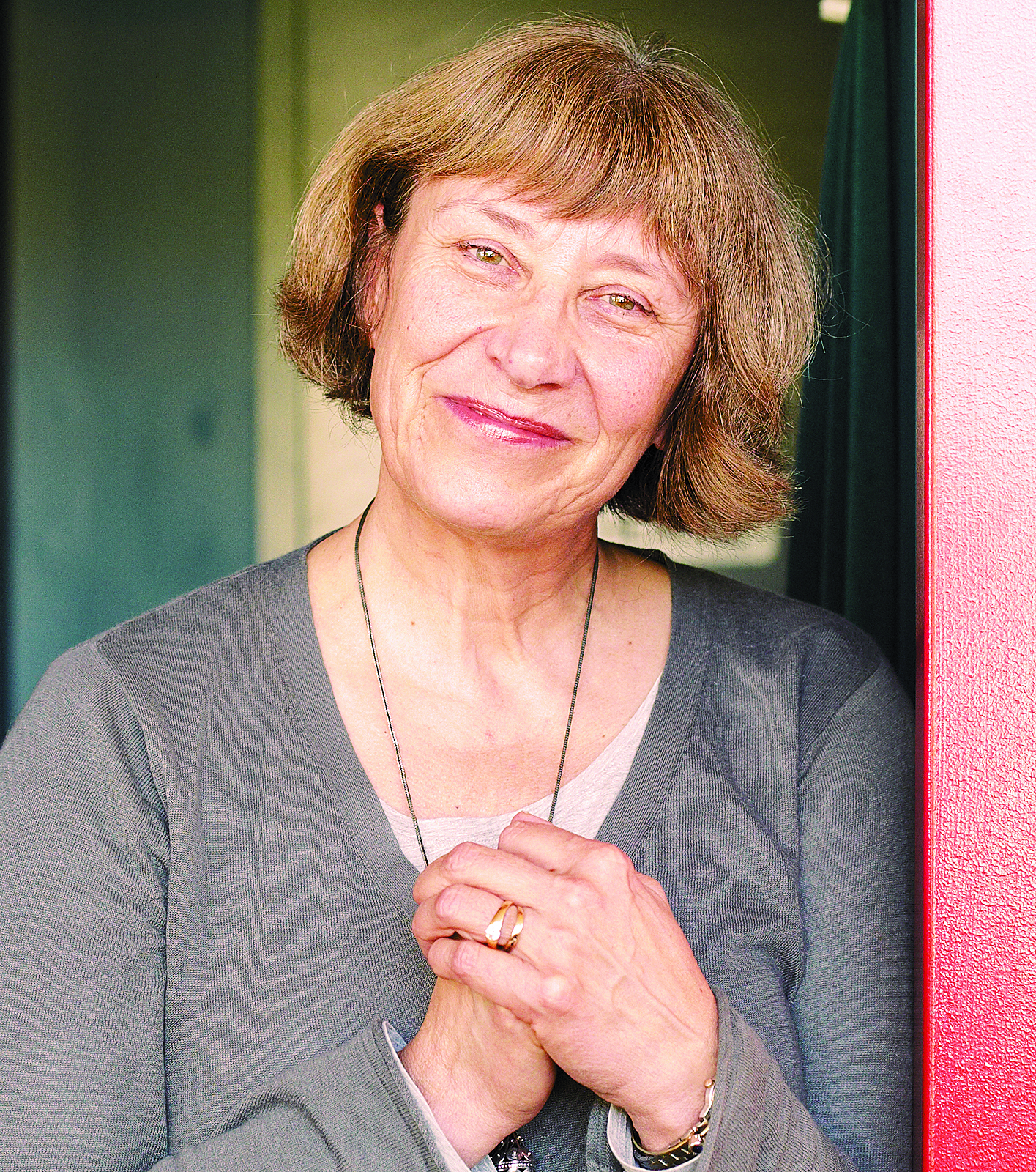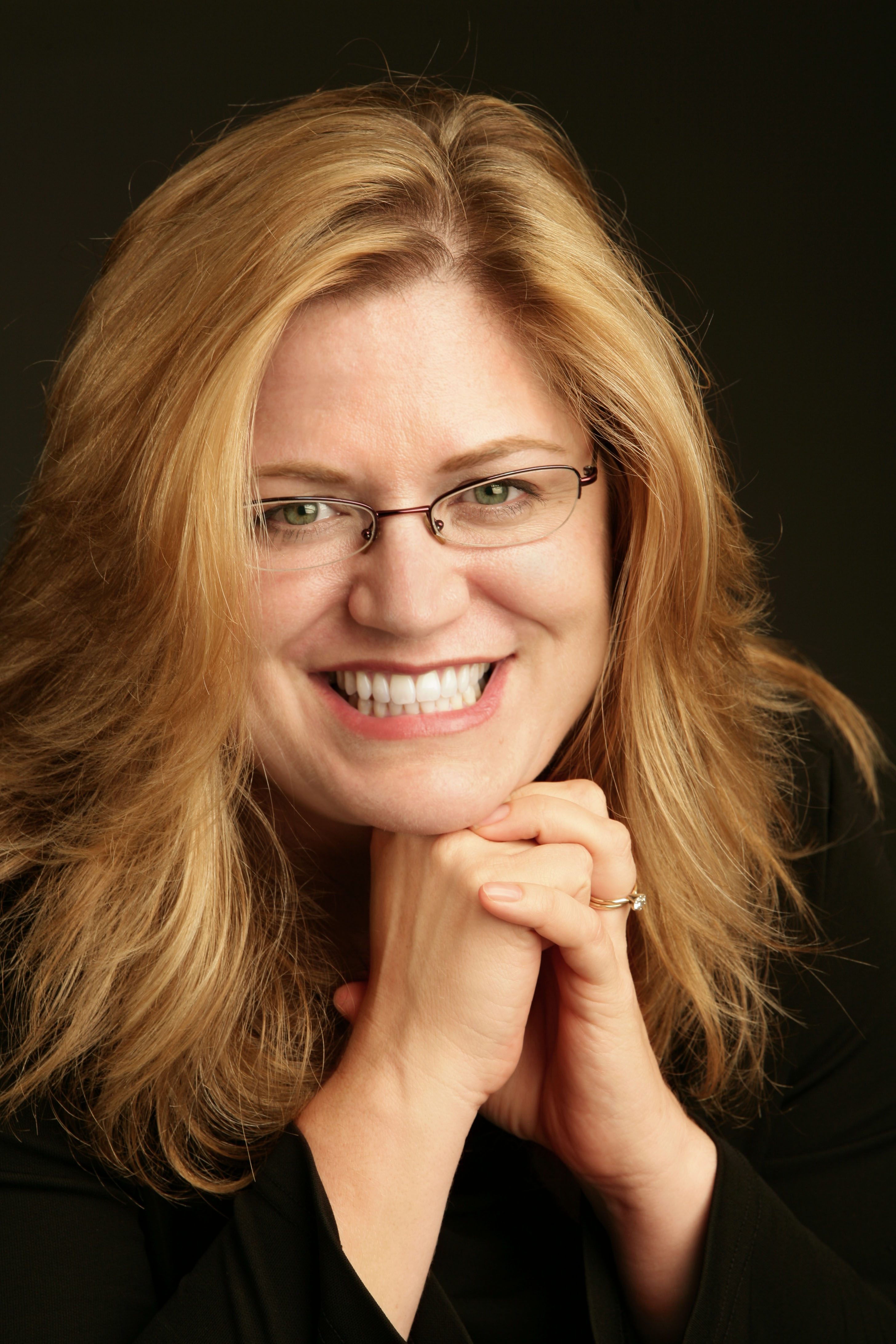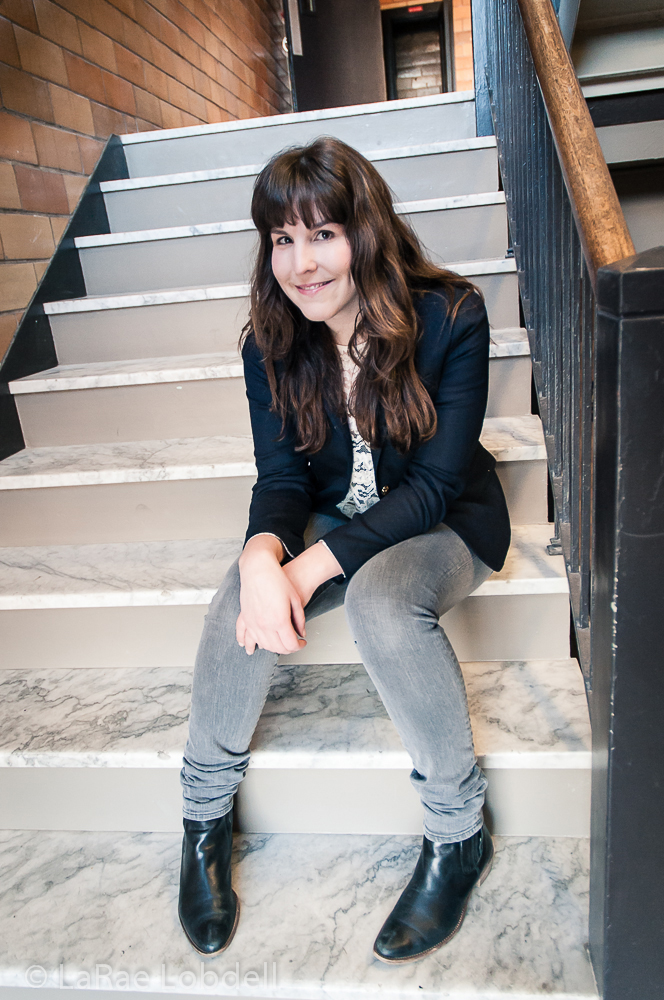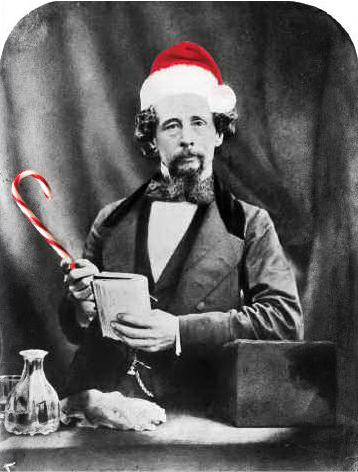GOOD THEATER CRITICS, when they die, go to London. (Bad ones go to Rent.) During a three-week foray a couple of months ago, I again saw the sort of theater that could almost make me take up the job again. I saw a trio of world-class actresses, Vanessa Redgrave, Jessica Lange, and Fiona Shaw, headlining three superior revivals (The Cherry Orchard, Long Day’s Journey into Night, and Medea, respectively). I saw honest-to-god theater companies at the National Theatre and the Royal Shakespeare Company. I saw audiences drunk on good theater even before they could get to their intermission drinks. In short, I had the sort of wonderful time going to theater that I rarely had in six years as a critic here in Seattle.
American theatergoers tend to get a faraway look in their eyes when London is invoked. It’s our mecca, the Holy City, although the mosques are about $18 for the balcony and significantly more for the stalls. Not only have all the great playwrights of Britain and Ireland made their mark on the capital, from Shakespeare through to Shaw, Orton, Pinter, and Caryl Churchill, but a fair proportion of American playwrights, including Sam Shepard and Wally Shawn, gained critical praise in London long before New York, and others, such as Arthur Miller, are cultural heroes over there while evoking yawns over here.
A quick look at the London theater listings reveals that some of this feeling is sentimental Anglophiliac nonsense. There is plenty of low-class junk and high-class pretentiousness available on the West End and other locales, along with the same unimaginative musicals that blight Broadway. And what does work in London wouldn’t necessarily work in Seattle because of some ingrown advantages that we’ll probably never enjoy—like audiences with deep historical roots in attending theater, sensible government arts funding, and a centralized film/television/theater synergy that concentrates the country’s strongest actors in one city. (Not that a similar nexus has helped L.A. much.) But, after seeing a few shows, talking with old theater friends, and lots of musing, I’ve come up with a few lessons for Seattle’s artists and institutions to consider.
WHERE IS OUR WEST END?
One of the things that Seattle actually has, though you’d never know it, is a theater district, or, more precisely, two of them. Within 10 minutes’ walk of each other at Seattle Center there’s the Seattle Rep, Intiman, Seattle Children’s Theater, TPS’s Studio 4, and the shared venue for Seattle Shakespeare and Book-It; on Capitol Hill the fringe venues include Union Garage, Theater Schmeater, Odd Duck, Freehold, Seattle Mime Theater, and Hugo House, along with a clutch of other part-time spaces located thither and yon. But you could be a regular Rep subscriber for years without noticing Intiman next door, as well as a frequenter of the Schmee and never know you were three or four blocks from half a dozen other venues.
Why don’t theaters advertise their proximity? One hears dark rumors of “signage” problems down at Seattle Center, but “signage” is a bizarrely regular problem for every theater in town. A Seattle theater map for patrons, and some cognizance from the theaters themselves, seems a logical and inexpensive solution.
CHEAP TICKETS FOR WHOM?
It’s been a laudatory idea to have $10 tickets for audiences under 25, but if the Equity theaters are serious about building audience bases among nontheatergoers, they could take on this radical idea: subsidized tickets for the poor.
My college friend Louise, who’s now the archivist over at the Royal National Theatre (RNT), confirms that the RNT offers concessions for the unemployed at the same price as student tickets (8 for most performances), along with offering 10 nights (“when all tickets are, yes, 10,”) and evenings sponsored by the Paul Hamlyn Foundation where all the tickets are offered at a reduced rate to people who have never been to the theater before. A similar deal for the unemployed is offered at the Royal Shakespeare Company.
According to Gary Tucker, ACT’s PR guy, similar outreach programs to Seattle’s underprivileged have usually foundered on a couple of issues: a lack of existing social services-arts groups partnerships, and preconceptions of the poor that a night out at the theater means dressing up for formal endurance instead of casual entertainment. (Hmm. Maybe they’re on to something.) That doesn’t mean that such an effort isn’t worth trying again, with the same persistence and publicity that has made the “under 25, tickets for $10” plan of the big Equity houses such a success.
SHAMELESS MARKETING
The clich頯f British reservedness is fairly ridiculous when you look at the shameless, and occasionally tasteless, marketing that goes on for London productions—with ticket touts bellowing, West End marquees 30 feet high, and flyers posted in every hotel and B&B. We aren’t just talking musicals here. We’re talking class acts like Deborah Warner in Medea, featuring publicity stills of the hawkishly attractive star, Fiona Shaw, sprawled catlike on red velvet in a chic little black dress. Or Caryl Churchill’s dystopian fantasy Far Away, given a razzle-dazzle production by Stephen Daldry with a cast of dozens of extras, who appear for exactly one two-minute scene as a parade of political prisoners. In comparison, most of the ad campaigns placed by our theaters are tasteless only by virtue of being bland. Seattle has too many entertainment options for theater PR staff to play nice.
MORE THEATER
Years ago, when I was a naive young critic at this paper, I met with my counterparts over at The Stranger to ask them point-blank what they felt were the problems with Seattle’s theater scene. Now, no one has ever accused folks like Matt Richter or Dan Savage of being shy about expressing their opinions, but even I was somewhat bowled over when Dan finally got around to voicing the central problem, as he saw it then: too much theater. Lots of it is bad and it distracts people from the good stuff. (What he meant, of course, is that there was too much theater that he didn’t like. )
Several years later, there’s significantly less fringe theater and the midsize scene has dwindled greatly, but our theater landscape isn’t notably healthier for it. Indeed, the sheer amount of theater going on in London—from pub back rooms to the West End, from drama school showings to visiting companies—is the greatest proof of its popularity and vitality. Continued complaints by Seattle artists and critics about the amount of theater (particularly at the Seattle Fringe Festival, which, love it or hate it, is the single largest venue for original work in town) is really a sort of bizarre “anti-growth” attitude. The fact is, bad theater happens, regardless of who is doing it where, and it happens in greater proportions the more theater there is. There’s no other correlation. So, to such critics who would rather that Seattle’s theater scene was juried, moderated, and kept within reasonable parameters, a gentle suggestion: Shut up.
CRITICAL PRIORITIES
And while we’re on the subject of critics. . . . When you compare Seattle’s critical community to London’s, the main thing that stands out is that, on the whole, our city is much less supportive of “nonprofessional” theater and much more sycophantic toward the commercial. According to Jane Edwardes, the theater editor for London’s entertainment standard Time Out, this doesn’t even make sense from a financial standpoint. “Crucially, a West End show can cost anything up to 35 to go and see as opposed to 10 for a Fringe show. So it is up to us to tell people whether it is worth shelling out that much money.” The critical support, both in preview and review, for fringe efforts also means that experimentation, new writing, and emerging artists are encouraged—both in the smaller venues and at “Off-West End” venues like the Almeida, Donmar Warehouse, the Tricycle and Soho theaters.
Call me a foolish idealist (I’ve been called much worse), but I still believe in Seattle’s potential as a theater mecca. We’ve got talent, we’ve got smart audiences, and we have—thanks to some hugely successful capital campaigns—plenty of stages to fill. You’d be surprised at what sort of reputation this town has, once you get out of it. Several times, when I would meet up with my London friends, they’d ask me about Seattle. “I’ve heard there’s a lot going on over there,” they would say, with a curious, faraway look in their eyes.








